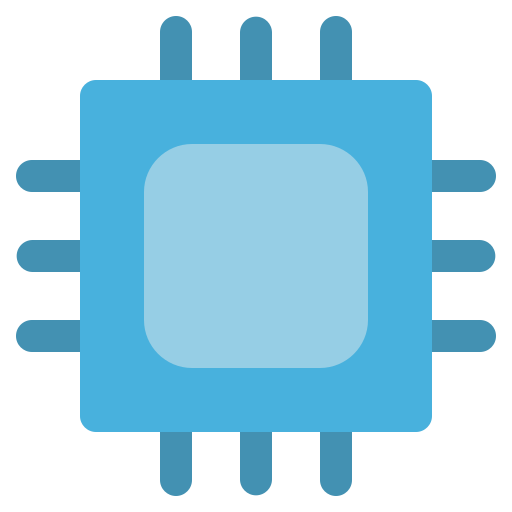

Hes not a diplomat, or related to a diplomat. Hes a director in the Israel’s cybersecurity arm. He cant claim any immunity.
He can try to dodge being deported to the US to face the crimes, but yeah, that will come at a cost. “Kid fuckng” is a sensitivite topic for the GOP right now, so I doubt he will get any really cover.










I don’t remember any of Wayne’s world wavy lines in the episode.